
Contoh Lukisan Al Secco
Conrad Schmitt was a leader in the early twentieth century revival of the ancient al secco fresco type of mural painting. Accordingly, the early Studio created many murals in al secco fresco. The technique calls for painting onto specially prepared dry plaster rather than onto the wet plaster of buon secco. Today, many types of painted murals.
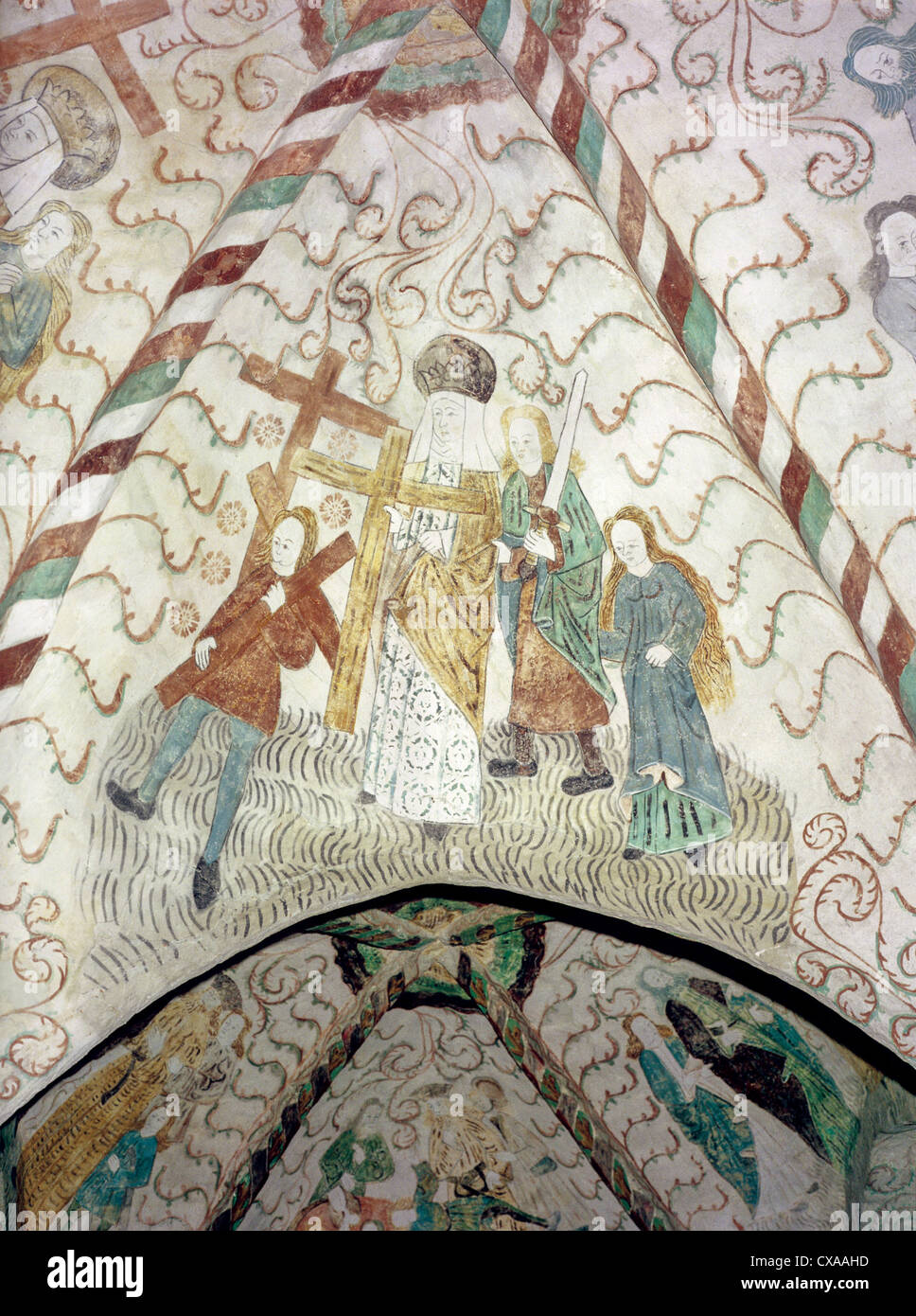
Al secco fotografías e imágenes de alta resolución Alamy
1400s 1500s 15th century 16th century al al-secco angels antiquities antiquity architecture art artifacts arts building buildings built built structure ceiling christian christianity church churches creature creatures cultural culture deities deity demon destinations devil devils europe evil faded fenno-scandinavia fennoscandia figures finland.
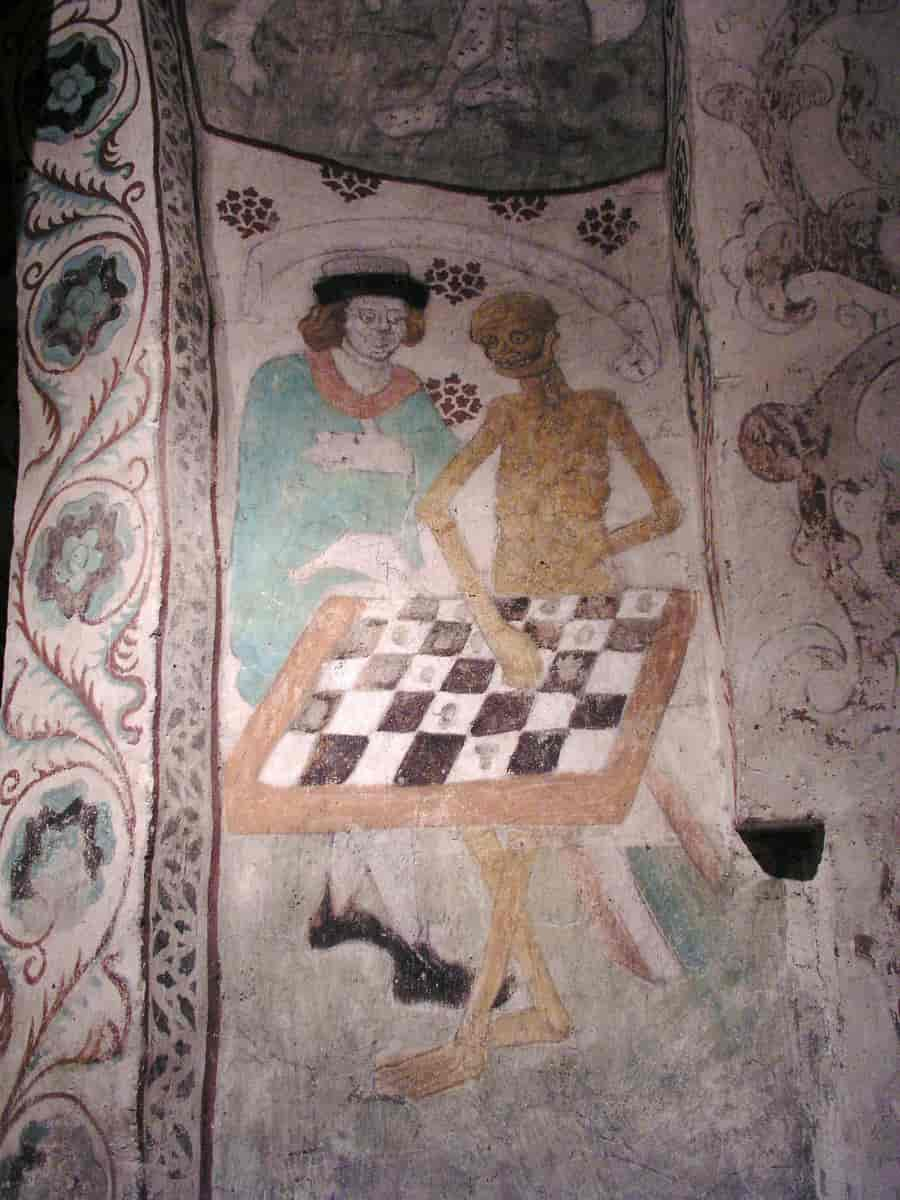
al secco Store norske leksikon
A fresco painting is created by using dry mineral pigments which is mixed with water as its medium, and applied onto wet lime-plaster. These mineral pigments are found naturally in the form of stones or rocks, washed several times, then milled down until the desire grain size is reached. The range of fresco colors comprised of mainly earth.
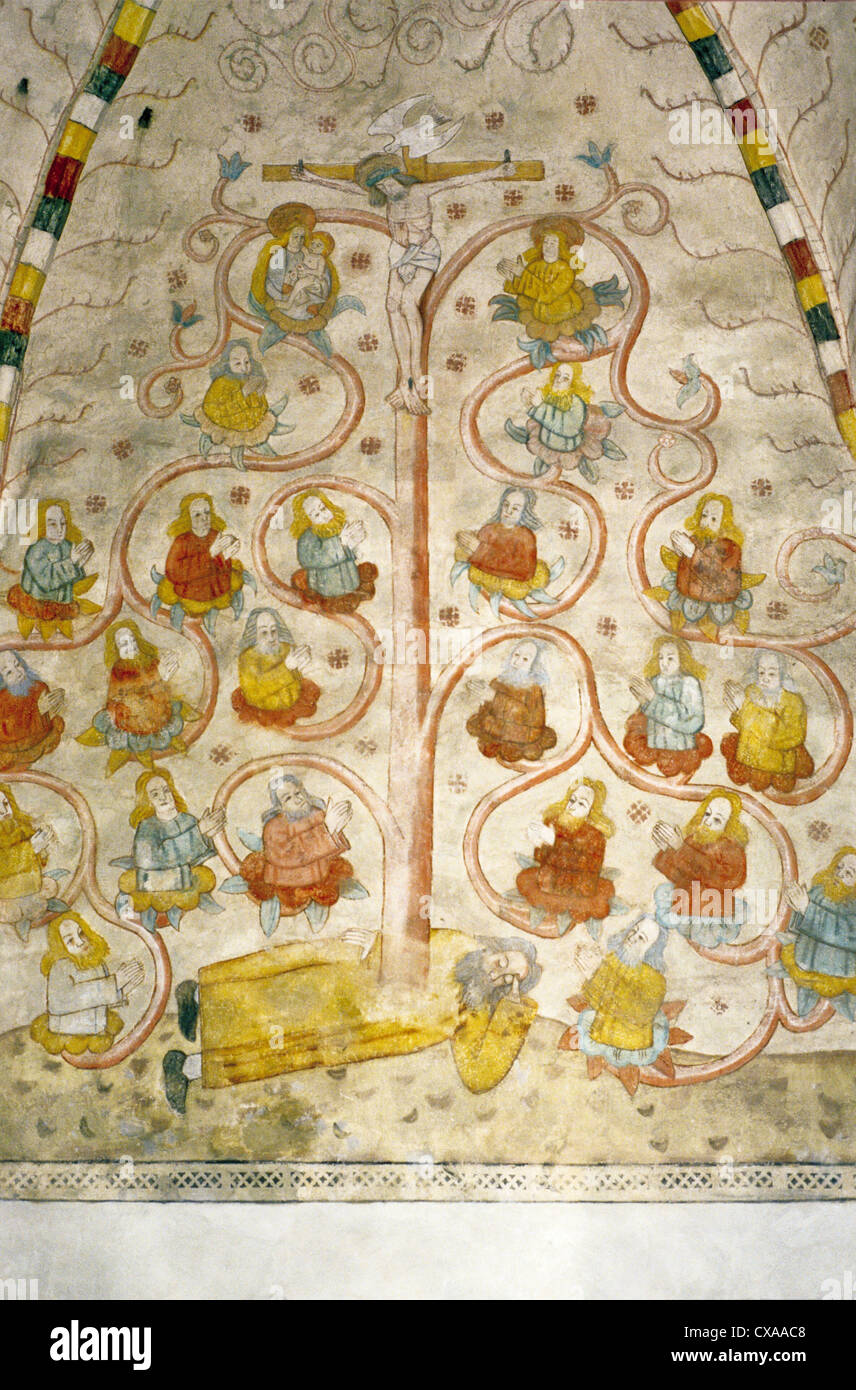
Al secco fotografías e imágenes de alta resolución Alamy
The institutionalisation of the Italian terms al fresco and al secco to characterise respectively wet and dry plaster painting has provoked various misinterpretations (Winfield, 1968). The term al fresco indicates the technique of painting on damp plaster where a limited number of pigments (chiefly earthy) is mixed simply with water or lime water.
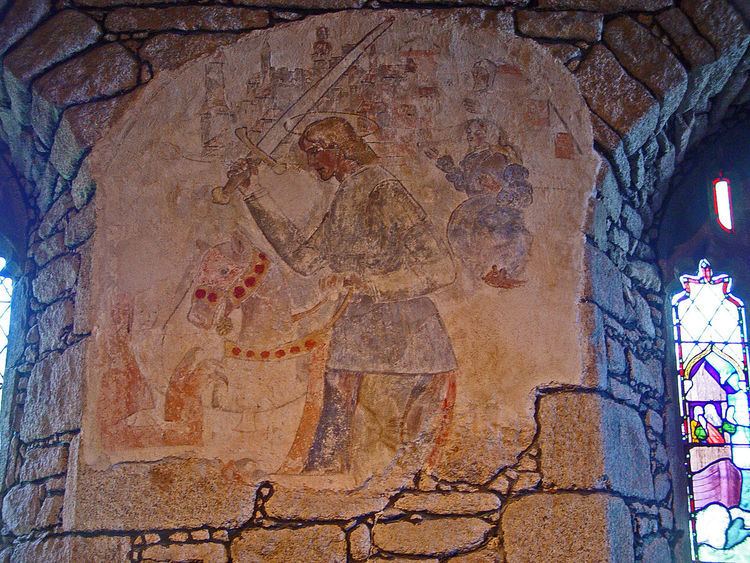
Fresco secco Alchetron, The Free Social Encyclopedia
Tove Jansson's al secco mural, Lintu Sininen, was completed in 1953 in the large dining room of the Karjaa co-educational school.. The mural is 190 cm high and 360 cm wide and covers most of the back wall of the dining room and is made with a secco technique directly on the wall. Jansson has used closer to forty shades of color when.

isola dei conigli al secco lago di Garda...basso2007 esta… Flickr
Al secco -målning, eller seccoteknik, är muralmålning utförd på kalkputs som först har fått härda, eller torka. Termen al secco kommer från italienskan och direktöversätts till "på det torra". [ 1] Kallas även a secco . Dess motsats är al fresco, eller freskoteknik, där underlaget är en färsk och fortfarande fuktig puts.

Al secco paintings of Lohja church depicting Good...
the English school. Romanesque Painting (c.1000-1200) Contents • Characteristics • Chronology • Romanesque Painting Techniques • Italy • France • Spain • England • Germany and Austria • Hungary and Czechoslovakia • Denmark and Sweden Scenes from the life of David from The Winchester Bible (1160-75). Winchester Cathedral Library.
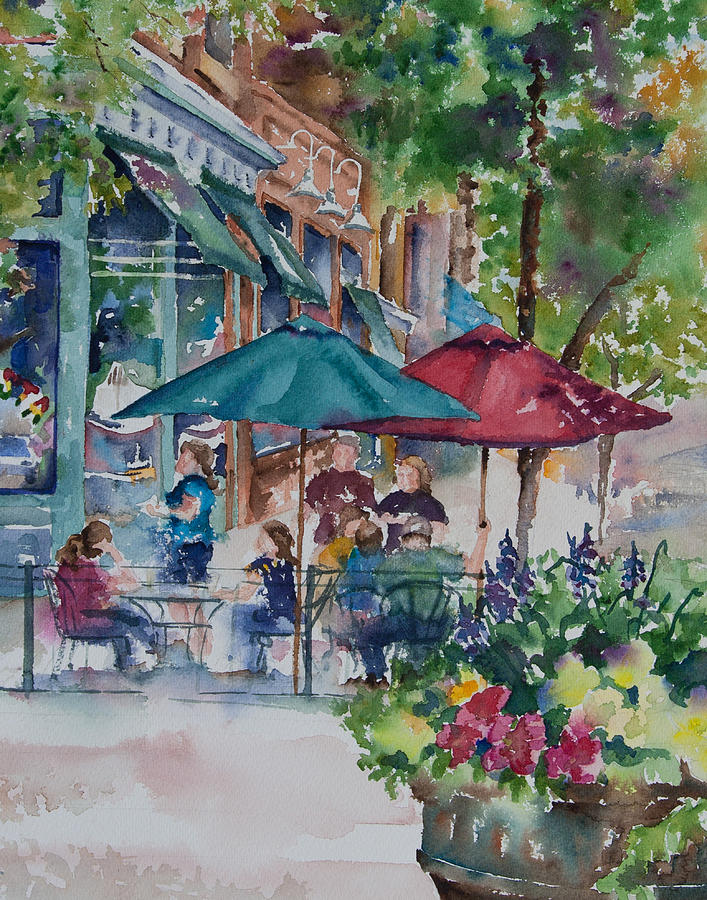
Contoh Lukisan Al Secco
Al secco (italijansko 'na suho') ali fresco-secco ali a secco ali freska finto je tehnika slikanja na steno, kjer se pigmenti, pomešani z organskim vezivom in / ali apnom, nanesejo na suh omet. Uporabljene barve so lahko npr. kazeinska barva, tempera, oljna barva, silikatna mineralna barva. Glede na različno vezivo ločimo imena tehnik.

Teknik Membuat Lukisan Al Fresco / Lukisan al secco teknik yang
Aedicula from the synagogue, 3rd century C.E., Dura-Europos, Syria. Photographed 1932-33 (Yale University Art Gallery) The final phase of the synagogue, which was completed in the 240s, is its best understood. The synagogue was primarily composed of an assembly hall and a forecourt (with entry through the adjacent building).

Al Secco Adalah Kondisko Rabat
AL SECCO (It. 'dry'), fresco secco (It. 'dry fresco') Painting which, unlike true FRESCO, is carried out on plaster which has already dried. It can be done in TEMPERA, or with PIGMENTS in a MEDIUM of lime-water. In the latter case, the surface is dampened before applying the paint. The results are less durable than true fresco.

OLLE NYMAN, al secco, signerad. Bukowskis
Fresco secco ("dry fresco") is a process that dispenses with the complex preparation of the wall with wet plaster. Instead, dry, finished walls are soaked with limewater and painted while wet. The colours do not penetrate into the plaster but form a surface film, like any other paint. Secco is useful for detailed painting and for retouching.

Al secco fotografías e imágenes de alta resolución Alamy
Fresco-secco (or a secco or fresco finto) is a wall painting technique where pigments mixed with an organic binder and/or lime are applied onto dry plaster. [1] The paints used can e.g. be casein paint, tempera, oil paint, silicate mineral paint.
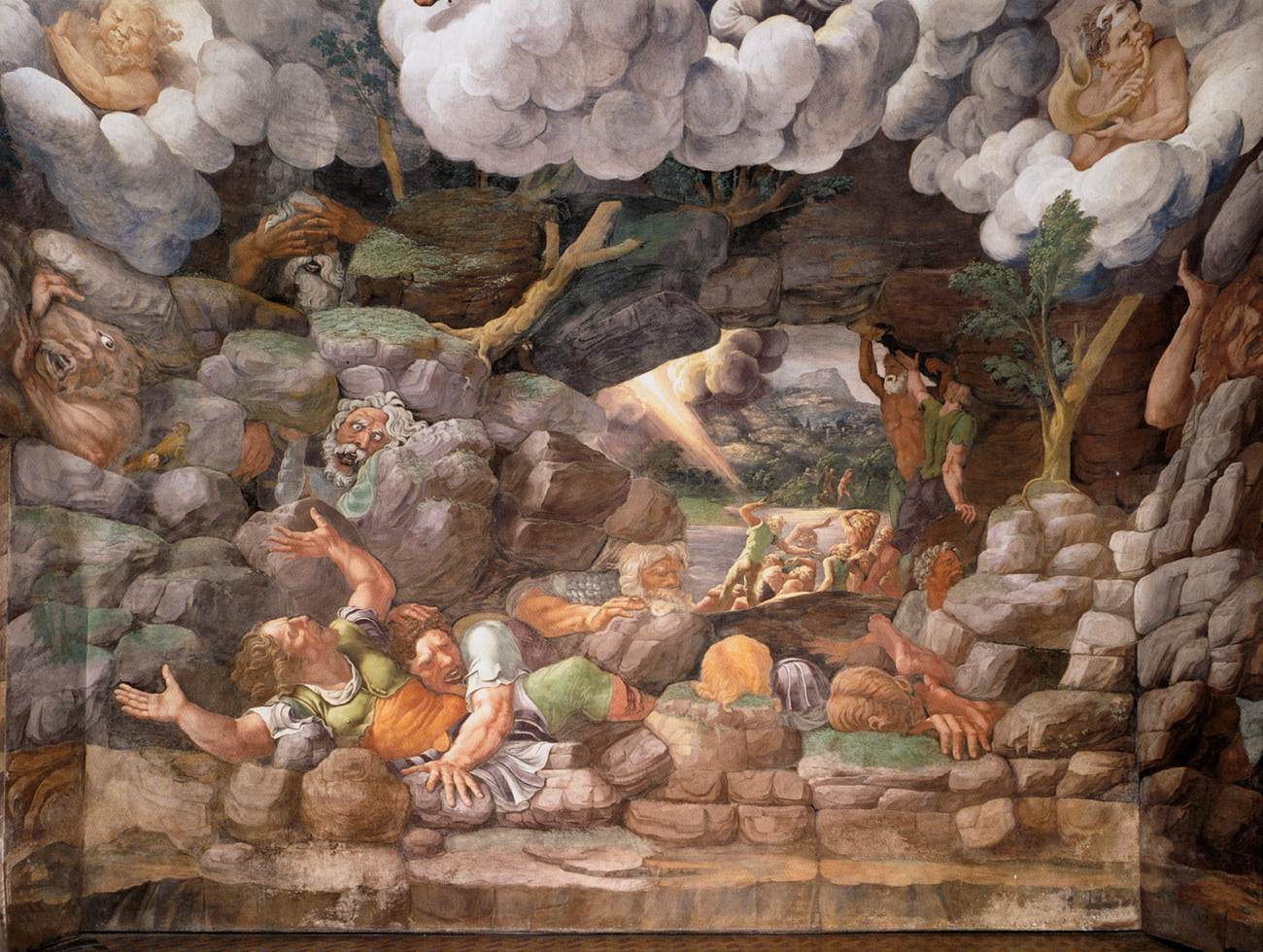
Al fresco en al secco Italië Uitgelicht
A contemporary of Leonardo's wrote that as one entered the refectory the first thing that attracts the viewer's attention is this welcoming hand of Jesus. Andy Warhol (1928-1987), American. The Last Supper (Dove), 1986. Synthetic polymer paint on canvas, 302.9 × 668.7 cm (9 ft 11¼ in × 21 ft 11¼ in). Gift of the Andy Warhol Foundation.

al secco Store norske leksikon
1 of 2 adjective al sec· co alˈseˌkō of a painting : executed in the secco manner an al secco mural compare alfresco al secco 2 of 2 adverb " of painting : in the secco manner Word History Etymology Adjective Italian, in the secco manner First Known Use Adjective 1894, in the meaning defined above Adverb 1847, in the meaning defined above

Contoh Lukisan Al Secco
Fresco secco ("dry fresco") is a process that dispenses with the complex preparation of the wall with wet plaster. Instead, dry, finished walls are soaked with limewater and painted while wet. The colours do not penetrate into the plaster but form a surface film, like… Read More painting restoration
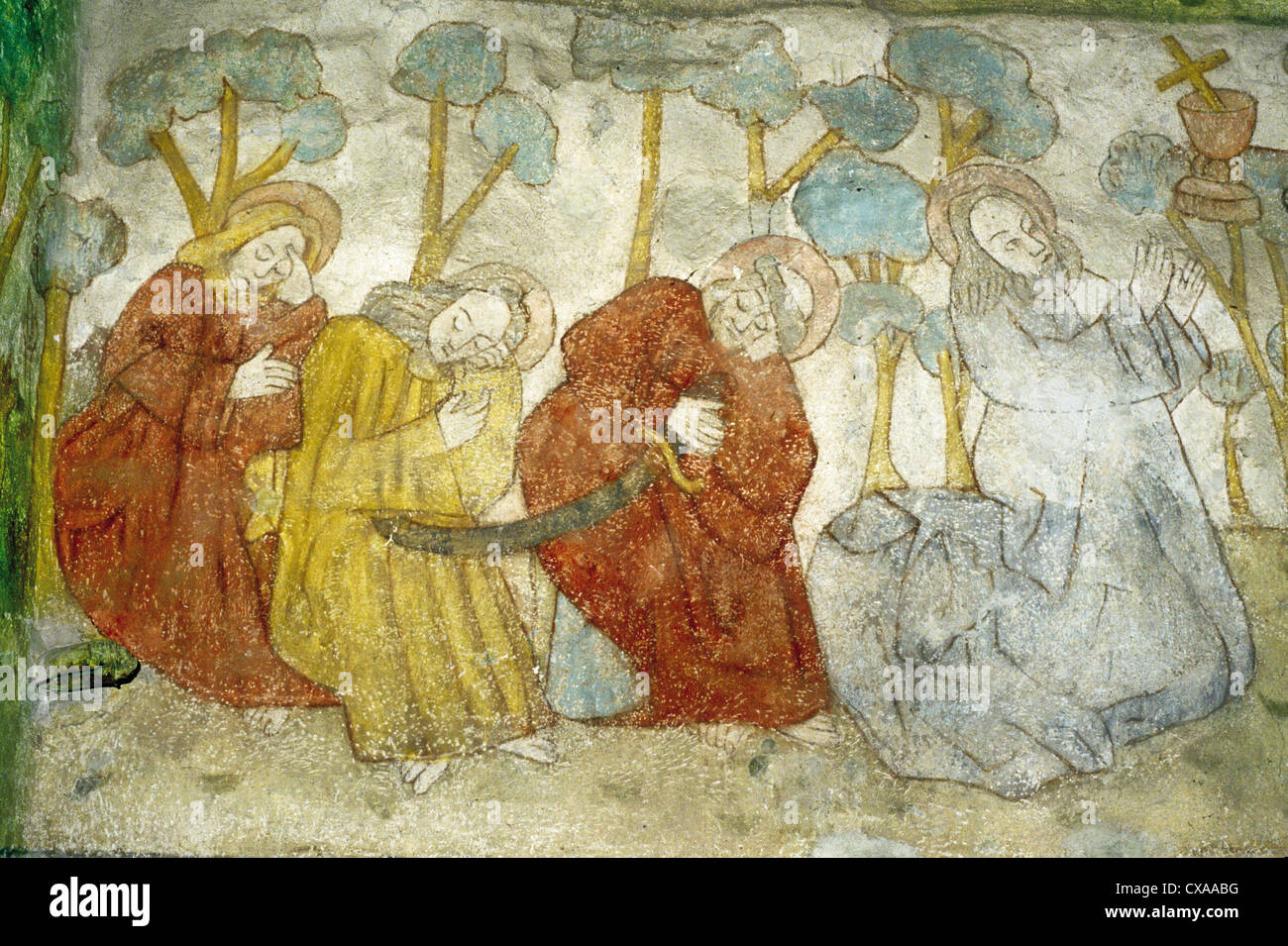
Alsecco mural (ca 1510) inside the medieval Church of St. Lawrence in
Fresco ( pl. frescos or frescoes) is a technique of mural painting executed upon freshly laid ("wet") lime plaster. Water is used as the vehicle for the dry-powder pigment to merge with the plaster, and with the setting of the plaster, the painting becomes an integral part of the wall. The word fresco ( Italian: affresco) is derived from the.